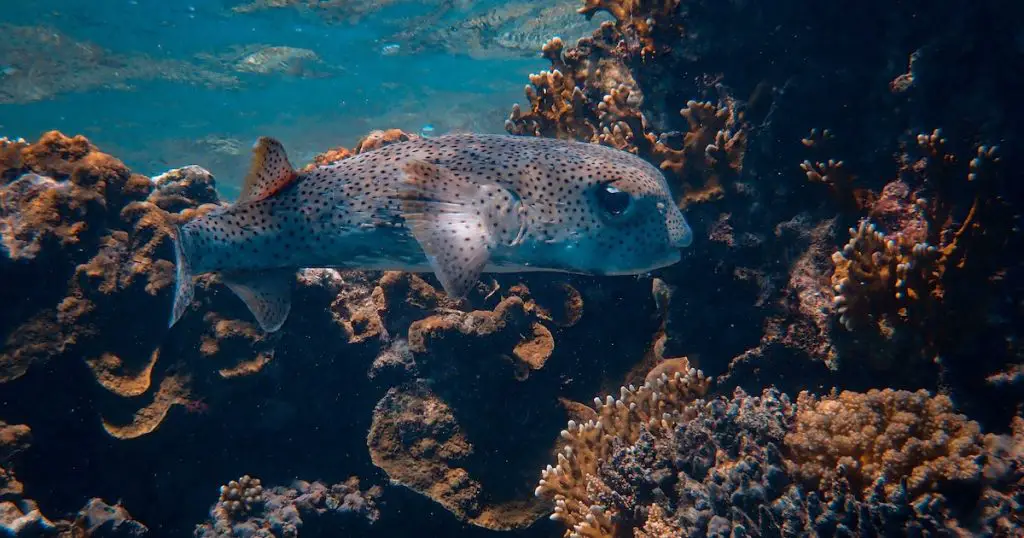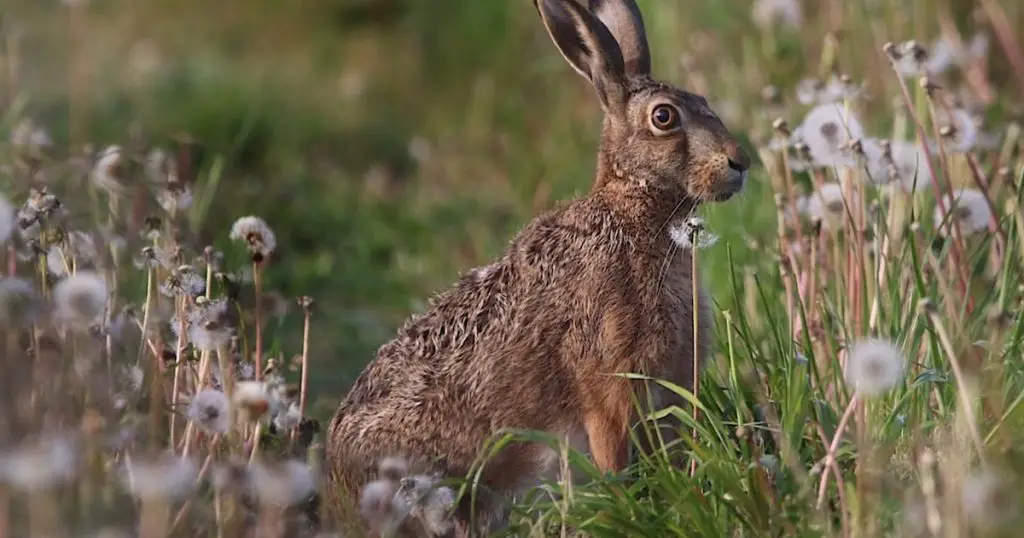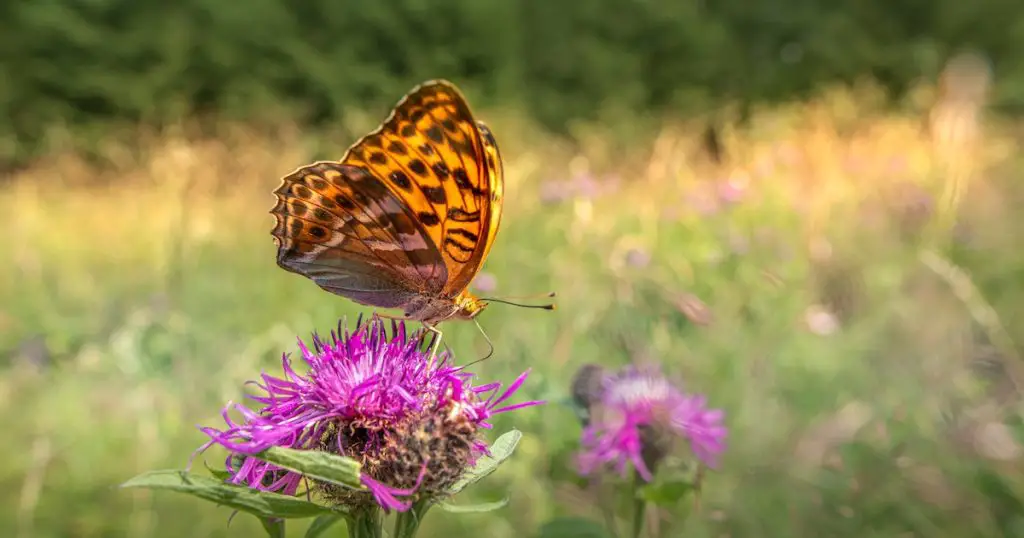Prescott is a haven of biodiversity, offering a plethora of opportunities for nature enthusiasts to capture its beauty through the lens. But how does one get the perfect shot? The art of nature photography goes beyond just clicking a button; it’s about understanding the environment and knowing how to portray it in the best light.

This article delves deep into nature photography tips for Prescott’s flora and fauna, ensuring you’re equipped to chronicle the region’s wonders. Let’s get started.
Basic Gear Essentials
Embarking on a nature photography journey in Prescott starts with equipping oneself with the right gear. While the landscape’s beauty is undeniable, capturing it in its full essence requires more than just a camera.
For budding photographers, the essentials range from a reliable DSLR or mirrorless camera, versatile lenses for varied shots, and a sturdy tripod to stabilize and achieve crisp images. Add to this a protective camera bag for treks and filters to manage lighting, and you’re set for your first expedition.
Remember, while gear is crucial, it’s the photographer’s vision, passion, and understanding of the surroundings that truly breathe life into each shot.
Choosing the Right Camera
Every camera has its merits, from DSLRs with their vast array of lens options to mirrorless cameras known for their lightweight design.
For nature photography, you’d want a camera that performs well in various lighting conditions and offers manual settings for flexibility. The Nikon D850 and the Sony A7R IV are favorites among professionals for their stellar image quality.
Essential Lenses for Nature Photography
Lenses play a pivotal role in how you interpret and capture a scene.
- Wide-angle lens: Perfect for landscapes, capturing the vastness of nature.
- Macro lens: A must-have for close-ups of flora or tiny critters.
- Telephoto lens: Ideal for wildlife photography, allowing you to maintain a safe distance.
When purchasing a lens, consider its maximum aperture. Lenses with larger apertures, like f/2.8, allow more light in, which is a boon for low-light settings. Websites like DPReview offer comprehensive lens reviews, helping you make informed decisions.
Importance of a Sturdy Tripod
A tripod might seem cumbersome, but it’s an essential tool, ensuring sharp images especially in dim light or when using slow shutter speeds.
When choosing one, consider its weight-bearing capacity and how compact it is for hiking. Manfrotto and Gitzo are reputable brands known for their durable tripods.

Framing the Green Canvases of Prescott
Prescott’s greenery unfolds as nature’s canvas, painted with diverse shades of green, textures, and life. These green canvases, ranging from dense woodlands to delicate ferns, offer photographers an endless array of compositions.
Capturing them is not merely about replicating their colors but about framing them in a way that tells a deeper story of growth, seasons, and nature’s undying artistry. It’s about the dance of light through leaves, the symmetry in branches, and the contrast of lush foliage against the sky.
When one frames the green canvases of Prescott, they’re capturing a living, breathing testament to nature’s resilience and beauty.
Understanding Light for Plant Photography
Light can make or break a photograph. Morning and evening offer soft light, highlighting textures without casting harsh shadows. It’s why golden hour, the time shortly after sunrise and just before sunset, is a favorite among photographers.
On cloudy days, the diffused light is perfect for showcasing the rich colors of plants without the risk of overexposure. For in-depth insights on natural lighting, Cambridge in Colour is an invaluable resource.
Playing with Depths
Flora photography isn’t just about getting up close. Sometimes, capturing the environment in which a plant exists can be equally captivating. For close-ups, use a shallow depth of field (like f/2.8) to blur the background, emphasizing the subject.
Conversely, for a wider scene, a smaller aperture (like f/11) ensures everything from the foreground to the background is in focus. PhotographyLife has detailed articles on mastering depth of field.
Seasonal Plants
Prescott’s flora changes with the seasons. Spring sees wildflowers bloom, while fall offers a mosaic of colors. Understand the seasonal cycles and time your visits accordingly.
Websites such as The Photographer’s Ephemeris can guide you on the best times and conditions for shooting.
Capturing Prescott’s Animated Wonders
In the verdant corners and hidden niches of Prescott lie its animated wonders – the fauna that breathe life into its landscapes. From the fluttering dance of butterflies to the majestic strides of deer, capturing these moving marvels requires a keen eye and a patient heart.
Each creature tells a tale of survival, adaptation, and the intricate web of nature. Photographing them is more than just a click; it’s about understanding their behaviors, anticipating movements, and being at the right place at the right moment.
In the frames featuring Prescott’s fauna, one doesn’t just see animals; one feels their pulse, their spirit, and the life stories they weave.
Studying Animal Behavior
To capture the essence of an animal, understanding its behavior is crucial. Whether it’s the migration patterns of birds or the habits of mammals, being aware helps you be at the right place at the right time.
Resources like the National Wildlife Federation provide a wealth of information on North American fauna.
The Art of Patience
Unlike controlled environments, wildlife is unpredictable. Sometimes, you may have to wait hours for the perfect moment.
It’s essential to remain patient and observant. Remember, it’s not just about the shot, but the experience of being one with nature.
Ensuring Ethical Practices
Always prioritize the welfare of the animals. Maintain a safe distance and avoid using flash, which can distress them.
The North American Nature Photography Association offers guidelines to ensure ethical practices in wildlife photography.
Landscapes
Prescott’s vast landscapes are a canvas of nature’s grandeur, beckoning photographers to capture their expansive beauty. From rolling hills to serene lakes, every inch tells a tale of the earth’s evolution and splendor.
Photographing these landscapes requires a vision that encompasses both the minutiae of nature’s details and its vast stretches. It’s about capturing the play of light over a meadow, the dramatic contrasts of dawn and dusk, or the symphony of colors in a blooming field.

In the broader picture of landscapes, it’s not just about breadth, but about depth, emotion, and the profound connections they evoke in every beholder.
Best Times for Landscape Photography
Similar to flora photography, the golden hours are optimal for landscapes. The angle of the light casts long shadows, adding depth to images.
However, don’t be disheartened by overcast skies or midday sun; each offers unique opportunities, whether it’s dramatic clouds or stark contrasts.
Using Foreground Elements
Incorporating foreground elements can elevate a landscape shot. It adds depth and draws the viewer’s eye into the image. Be it a rock, a stream, or flora, foreground elements create a layered composition.
Every landscape tells a story. Whether it’s the serenity of a still lake or the ruggedness of a mountain, aim to convey its essence. Think of what emotions the scene evokes and try to translate that through your lens.
Composing Your Shots
The magic of nature photography often lies not just in the subjects themselves, but in the way they’re framed and presented. In Prescott, with its sprawling vistas and intricate details, composing a shot becomes an art form.
It’s about balancing elements, leading the viewer’s eye, and conveying a narrative through the frame. Whether you’re aligning the horizon, utilizing the rule of thirds, or seeking out patterns in the flora and fauna, thoughtful composition can transform a simple snapshot into a compelling story.
In the dance of light, color, and texture, it’s the photographer’s vision that orchestrates the final masterpiece.
The Rule of Thirds in Nature Photography
This basic principle involves dividing your frame into nine equal squares and placing the subject at the intersections.
This off-center placement is often more visually appealing and balanced. You can read more about this at Digital Photography School.
Using Leading Lines and Patterns
Nature is full of patterns and lines, from the veins of a leaf to the flow of a river. These can guide the viewer’s eye, leading them through the photograph. Using them effectively can create dynamic and engaging shots.
Using natural elements to frame your subject can add depth and context. Trees, archways, or even shadows can serve as frames, accentuating the subject and making the photograph more intriguing.
Light is the essence of photography. Knowing how to use it, regardless of the scenario, is what sets apart a good photographer from a great one.
Prescott’s diverse landscapes offer a myriad of lighting situations, and mastering them can be your key to capturing breathtaking shots.
Golden Hours
As mentioned earlier, the hours shortly after sunrise and just before sunset are known as the golden hours. The sun is low, casting a warm, golden hue, ideal for soft, dramatic images.
These hours provide a unique ambiance that can’t be replicated. Photography Talk offers insightful tips on maximizing this magical light.
Overcast Weather
While many might dismiss cloudy days as subpar for photography, they can offer the best conditions for certain shots. The cloud cover acts as a natural diffuser, spreading light evenly and minimizing shadows.
This is particularly beneficial for capturing the true colors of flora and fauna without harsh contrasts. Check out Petapixel for examples of excellent photography done in overcast conditions.
Midday Challenges and Solutions
Shooting at midday can be challenging due to the intense overhead sun. The light can be harsh, causing blown-out highlights and deep shadows. But challenges bring opportunities.
Use this time to experiment with black-and-white photography or employ shadows creatively. Techniques like HDR (High Dynamic Range) photography can also be beneficial. Websites like Fstoppers delve deep into techniques to tackle challenging lighting situations.
Post-Processing
While capturing a great shot in the camera is crucial, post-processing can elevate your image to new heights. It’s here that you can tweak, adjust, and bring out the best in your photograph.
Simple adjustments can have profound effects. Increasing contrast can make colors pop, adjusting saturation can enhance or mute tones, and sharpening can bring out details. Software like Adobe Lightroom and Capture One offer intuitive interfaces for these edits.
For those looking to dive deeper, techniques like focus stacking (combining multiple images with different focus points for front-to-back sharpness) and panoramas (stitching together several shots for a wide view) can be game-changers. 500px has tutorials and inspiration for these advanced techniques.

While editing is a powerful tool, restraint is key. The aim should be to enhance, not alter the essence of the image. Authenticity should always shine through, portraying nature in its genuine splendor.
Engaging with the Local Community
Diving into the world of nature photography in Prescott isn’t just about lenses and landscapes; it’s about the people who breathe life into those very scenes. Engaging with the local community offers photographers a unique lens, one that’s painted with stories, insights, and a deep connection to the land.
By joining local photography groups or collaborating on projects, photographers can imbue their work with a richness that comes from understanding local tales and traditions. In essence, becoming part of Prescott’s tapestry allows one to capture not just the beauty of nature, but the soul of the community intertwined with it.
Joining Prescott Photography Groups
Local groups or clubs can be a trove of information. Whether it’s hidden spots, local wildlife behavior, or feedback on your shots, joining such communities can be immensely beneficial.
Websites like Meetup often list local photography groups and events.
Collaborative Projects and Exhibitions
Collaborating with local photographers can lead to exhibitions, photo walks, or even joint projects. These collaborations can provide a platform to showcase your work and gain exposure.
Every region has stories and legends that can provide context to your images. Engaging with locals can offer insights into these tales, adding depth and narrative to your photographs.
Safety and Preservation
In the heart of nature, the role of a photographer extends beyond just capturing moments. It embodies the dual responsibility of ensuring personal safety and preserving the pristine beauty of the environment. Venturing into Prescott’s diverse landscapes requires awareness and preparedness, from understanding the terrain to respecting wildlife habitats.
Furthermore, the “Leave No Trace” ethos is paramount, ensuring that the untouched charm of Prescott remains undisturbed for future generations to cherish. As guardians of nature’s stories, it’s crucial to tread lightly, photograph responsibly, and always prioritize safety and sustainability.
Safety Tips for Outdoor Photographers
Nature can be unpredictable. Whether it’s weather changes, terrain, or wildlife, always be prepared. Carrying a first-aid kit, informing someone of your whereabouts, and understanding the local topography are essential.
Websites like Outdoor Photographer offer safety tips specific to nature enthusiasts.
Leave No Trace Principles
Adopting the Leave No Trace principles ensures that our beautiful landscapes remain pristine for generations to come.
This includes simple acts like carrying out your trash, not picking plants, and minimizing your footprint.
FAQs:
In this section, we will be delving into some of the most common inquiries and curiosities that surround our topic.
When is the best season for nature photography in Prescott?
Spring and fall offer vibrant colors, making them popular choices. However, each season has its charm, providing unique photo opportunities.
How can I access restricted natural areas for photography in Prescott?
Always ensure you have the necessary permits or permissions. Some areas might be restricted to protect sensitive habitats or during certain times of the year.
What local species should I be cautious of while photographing?
While most wildlife in Prescott is harmless, always maintain a respectful distance. Be particularly cautious around larger mammals and snakes. It’s always best to familiarize yourself with local wildlife behavior.
Are there specific permits needed for nature photography in Prescott?
For commercial shoots or access to certain protected areas, permits might be required. Always check with local authorities or the specific location in advance.
Conclusion: Nature Photography Tips for Prescott’s Flora and Fauna
Nature photography in Prescott is a rewarding experience, capturing the essence of its diverse flora and fauna.
With the right techniques, gear, and respect for nature, anyone can create captivating images that tell the stories of this beautiful region. So, pack your gear, head out, and let Prescott’s palette inspire your next masterpiece. Happy shooting!



Leave a Comment
You must be logged in to post a comment.